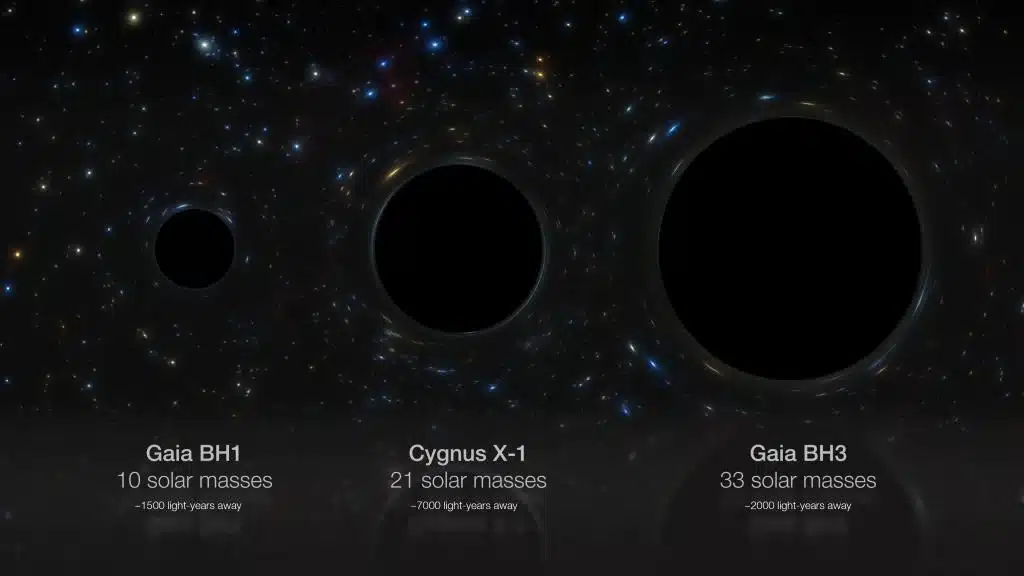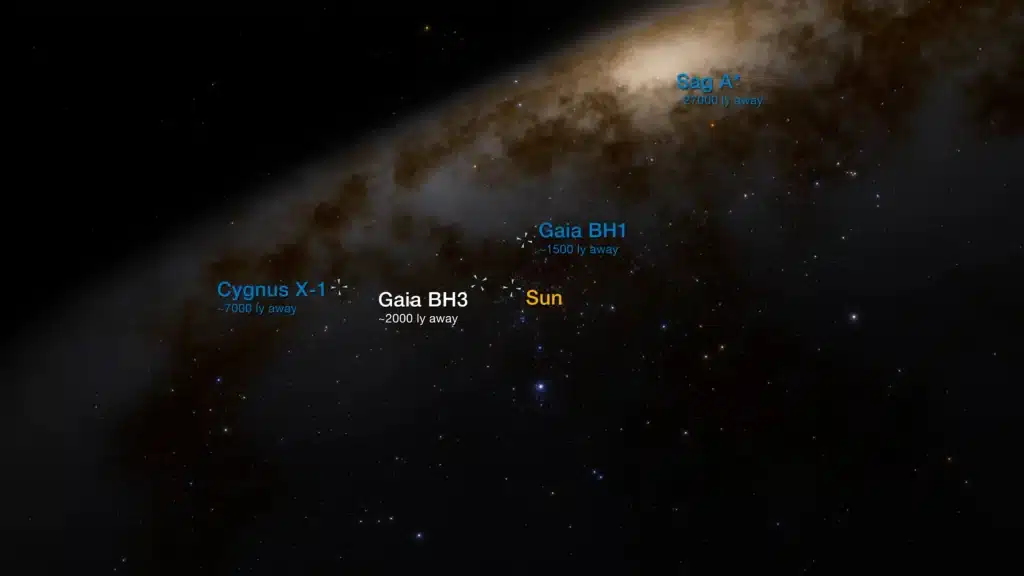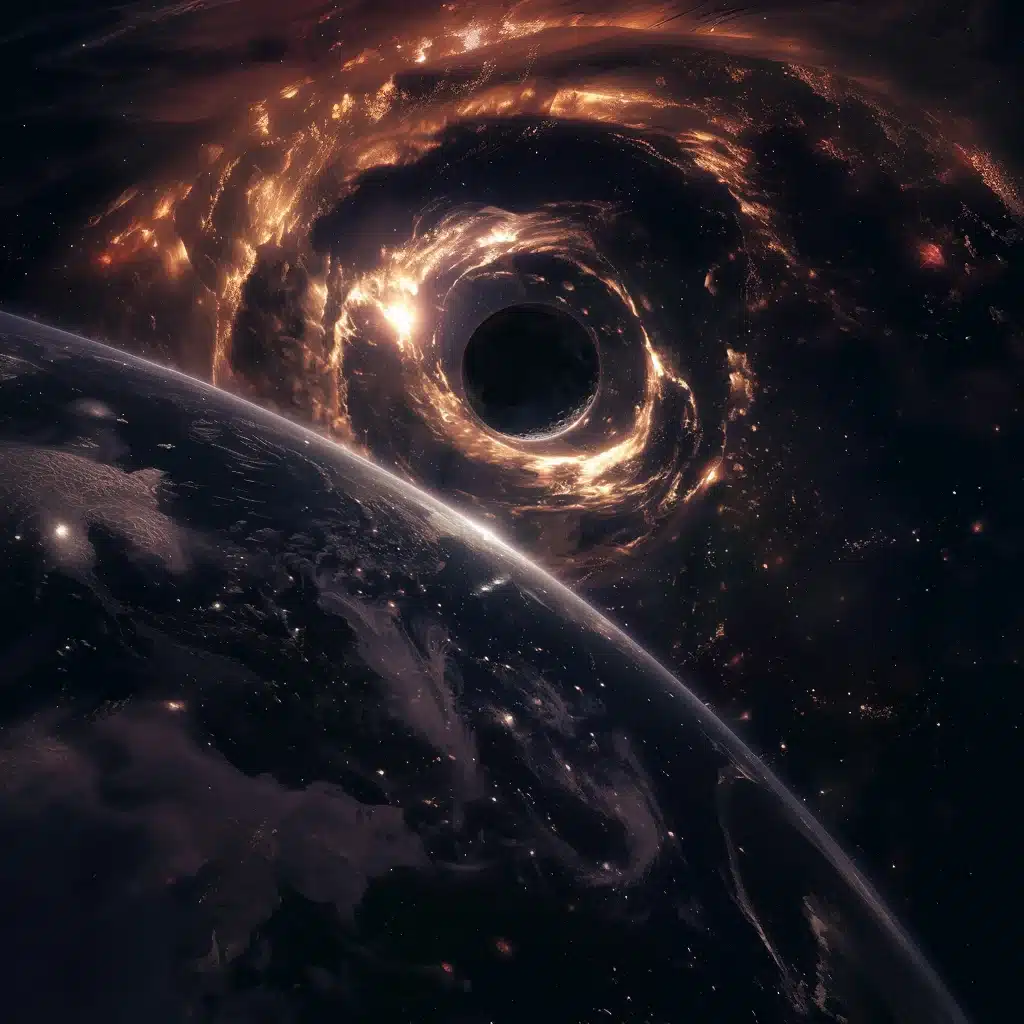Scientists discover ginormous black hole ‘extremely close’ to Earth that is 33 times bigger than the Sun
- The largest ever stellar-mass black hole has been discovered
- It is 33 times bigger than the sun
- This is the 2nd-closest black hole to Earth ever detected
Published on Apr 17, 2024 at 3:24 PM (UTC+4)
by Nalin Rawat
Last updated on Apr 17, 2024 at 7:25 PM (UTC+4)
Edited by
Tom Wood
Astronomers have found the most massive stellar-mass black hole, and it is extremely close to the Earth.
Well, in space terms, anyway.
The massive singularity is 33 times bigger than the Sun.
Don’t get afraid though, as the spacial singularity is still roughly 2,000 light-years away.
The singularity, named Gaia BH3 is the 2nd-closest black hole to Earth ever detected.
READ MORE! James Webb Telescope observes light on Earth-like planet for the first time in history
The scientists were able to find the singularity by observing a star ‘wobbling’ nearby.
According to the scientists, it is also the largest stellar black hole ever discovered.
As a species, we still don’t know that much about these spacial singularities.

Many think that they are just a huge vacuum in space that devour everything around them.
However, back in 2011, scientists discovered a body of water in a black hole, 12 billion light-years away.
The credit for the recent Gaia BH3 discovery goes to the astronomers on the European Southern Observatory’s Gaia mission.
They spotted it when they noticed a star wobble as it orbited the region.

The researchers unexpectedly detected the Gaia BH3, while reviewing data collected by the European Space Agency’s Gaia space telescope.
In a similar case, NASA’s James Webb Telescope has also recently helped scientists uncover a revelation that suggests we’ve misunderstood the universe.
Black holes are born from the collapse of giant stars when they reach the end of their lives.
However, most of these stars swell, lose mass, and cool down to become white dwarfs.

According to NASA scientists, there are more than 50 stellar black holes in the Milky Way galaxy.
In January, Astronomers also revealed the oldest black hole ever discovered.
The singularity was dated back to the early universe more than 13 billion years ago
The James Webb Space Telescope made the discovery possible.
DISCOVER SBX CARS: The global premium car auction platform powered by Supercar Blondie

Nalin started his career by working with various national newspapers in India. He has also worked as a writer/editor for many popular websites, while still pursuing his journalism and mass communication degree. Working as a digital nomad has allowed him to inform and educate through his work. When he is not writing, you can find him playing video games or travelling the mountains on his bike.




